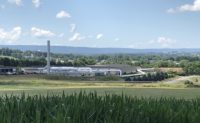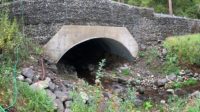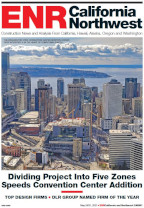LPA's project portfolio has had 35 consecutive years of award recognition by American Institute of Architects chapters. Last year, the AIA Orange County chapter gave the firm six of its 16 awards and the American Public Works Association named LPA's Fullerton Public Library expansion and renovation project its Project of the Year.
LPA recently completed expansions of its Irvine and San Diego office locations. It views both offices as "sustainability labs" for trying new features and technologies before using them on client projects. Those components include fuel cells, LED lighting, vegetative walls, light louvers, daylight-controlled sun shades, operable windows and tubular daylighting systems. Both expansion projects are on track to receive LEED-Gold certification, officials at the firm say.
With completion of the Malibu Library in May, LPA now has 30 finished LEED projects and another 40 in design or construction phases, according to Heinfeld. "By the numbers, this makes us one of the most experienced LEED firms in the state," he says. "Regardless of a project's size or program, we believe that every project can, and should, have a sustainable quotient."
Smaller Scale
The Malibu Library is an example of "more sustainability with less" on a relatively small project. The $6-million, 17,000-sq-ft renovation makes a 1970s building "feel three times larger, lighter and brighter" than before, according to Rick D'Amato, LPA's senior designer and principal. The plan? "Hollow out the existing library building shell and reinterpret the space to accommodate a modern, high-tech facility," D'Amato says.
The library had only one glazed opening, at the building's far south end. To allow natural light to filter deep into the space, several round clerestory structures were added. Fixed windows were removed and replaced with glass bifold doors that connect the interior with a new 3,500-sq-ft garden.
The building has many green design elements, including extensive reuse of interior, non-structural components and materials, efficient indirect and direct lighting fixtures that use less power and daylighting controls that maximize energy performance.
In addition, it has low-flow and dual-flush plumbing fixtures that reduce the building's water consumption by 35%. The library's landscaping features drought-tolerant California native plants and a more efficient irrigation system was installed.
The library's exterior is clad in large, sustainable, pressed panels detailed in varying shades of blue to mirror the colors of the sea. A dramatic "wave" inside the library is made from recycled milk bottle acrylic panels.
Recycled materials exceed 20% of all materials used in the project and more than 20% of the products were manufactured within a 500-mile radius of the library, says D'Amato, whose LPA team on the project also includes Jim Wirick and Chris Lentz.










